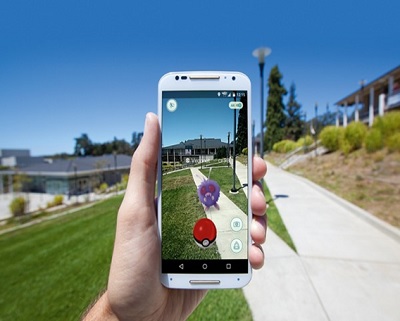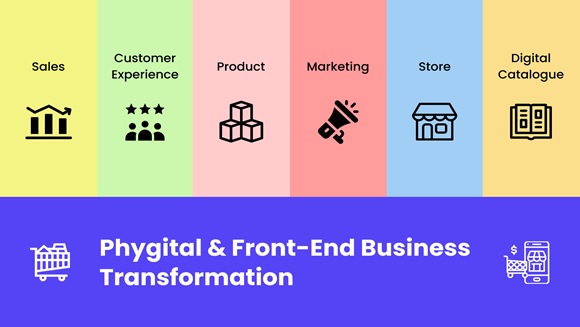
Source: https://connectedmag.com.au/living-in-the-phygital-world/
When the physical world we are living in meets the digital world, it will create a phenomenon called the “phygital world.” So, how is this phygital world affecting consumers and marketers? That’s the question we should address. The customer’s journey starts with information search and ends with post-purchase behavior, and each step in the customer’s journey is important to the customer in making a proper decision and also very important for marketers to understand the thoughts and intents of customers. However, when we look at phygital marketing, it will try to combine the best customer touchpoints in the customer journey from both the physical and digital worlds and will trigger their emotions. The main purpose of using phygital marketing is to develop a new shopping experience for customers. It will ensure that customers come to the shop by informing them, and there will be less advice of salespeople in the shop. So it will create a precise intention for the customer.
Phygital Marketing Process to Recreate Customer Journey

Source: Deloitte Analysis
If we take the example of the retail sector to explain phygital marketing, it has transformed the whole process of the customer journey. Today, “allowing a positive purchase experience is vital for business, with many physical locations, online stores, websites, compliance with various country rules, mobile apps, payment gateways, and delivery methods” (https://www.qentelli.com/). As a result, there are multiple purchasing routes and habits. For all buyers, the Phygital model aids in re-inventing the buying experience.
So, in a retail store, the moment of truth or customer interaction can be both online and offline with hybrid mode. When it comes to customer experience, organizations can automate it through messages and facial recognition technologies. When it comes to products, organizations can optimize inventory both offline and online and check and show whether products are available on shelves or online. When it comes to marketing and promotions of products, organizations can use AR and VR technologies to enhance the experience and also QR codes in advertisements to get customers to online applications and stores. When it comes to stores, organizations can use digital showrooming as well as self-service kiosks and in-store robots to help customers make decisions. Organizations can have a digital catalogue to help the customer choose the products at home and purchase them online or come to the shop with predetermined purchase decisions, which can reduce the purchase time at the shop physically.
Conclusion We are living in a digital era where all activities are linked with digital gadgets. With the proliferation of different channels and purchasing experiences, marketing departments in organizations must keep up with the customers. Fortunately, the phygital model enables marketers to target individual customers and also to build a wide range of prospects from both offline and online channels. Phygital marketing assists organizations in more accurately personalizing buyer journeys without any problems. It also reduces the purchase journey time for the customer.
Dr. Ganesha K S,
Assistant Professor
DSCE-MBA
